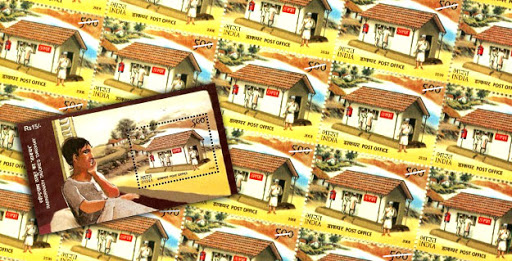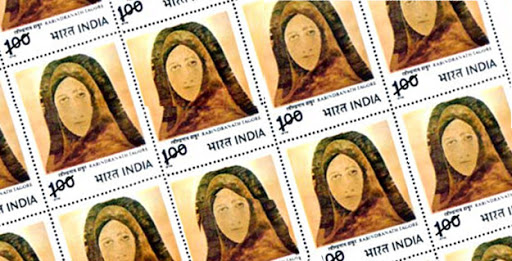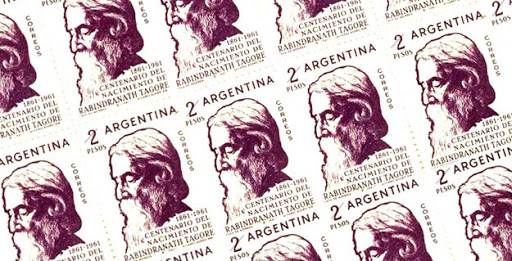Meconopsis aculeata featured On 35 Paise Stamp is a blue-flowered thorny species of the genus Meconopsis with a small geographical distribution restricted to specific areas of Pakistan and India, in the west Himalayas. The species was described from specimens collected by Royle in 1833.The species is highly valued as a medicinal plant and the resulting demand for the plant as medicine has placed pressure on wild populations due to over-collection.
Inula grandiflora featured On 1Re stamp is also known as The Showy Inula, a member of the Sunflower family.It is found from Kashmir to Nepal at altitudes of 1,800 to 3,600 meters. It is a stout, hairy perennial herb, 45 to 125 cm. tall, with aromatic roots, and sessile, serrulate, glandular, elliptic-oblong to subcordate leaves, 5 to 11 cm. long. The orange-yellow flowers measures 12 cm across, and are rarely borne in profusion in June
Arisaema featured on 2Rs stamp is a genus of about 150 species in the flowering plant family Araceae, native to eastern and central Africa, Asia and eastern North America. Its species are often called Cobra lilies, particularly the Asiatic species.Another species Arisaema tortuosum is found in the Western Ghats and northern parts of India. This is commonly called whipcord cobra lily and by many other names in the Indian subcontinent.
Saussurea obvallata, also known as Brahma Kamal, is a species of flowering plant named after Brahma, the Hindu god of creation. It is native to the Himalayas, India, Northern Burma and South-West China. In Himalayas, it is found at an altitude of around 4500 m.The plant is considered an herb in Tibetan medicine. Its name is Sah-du Goh-ghoo.It has a bitter taste, promotes heat. Used to treat paralysis of the limbs and cerebral ischemia. The entire plant is used. It is endangered because people are cutting it down for their own use, it is found in the region of the Himalayas. This flower blooms once a year during nighttime











0 comments:
Post a Comment